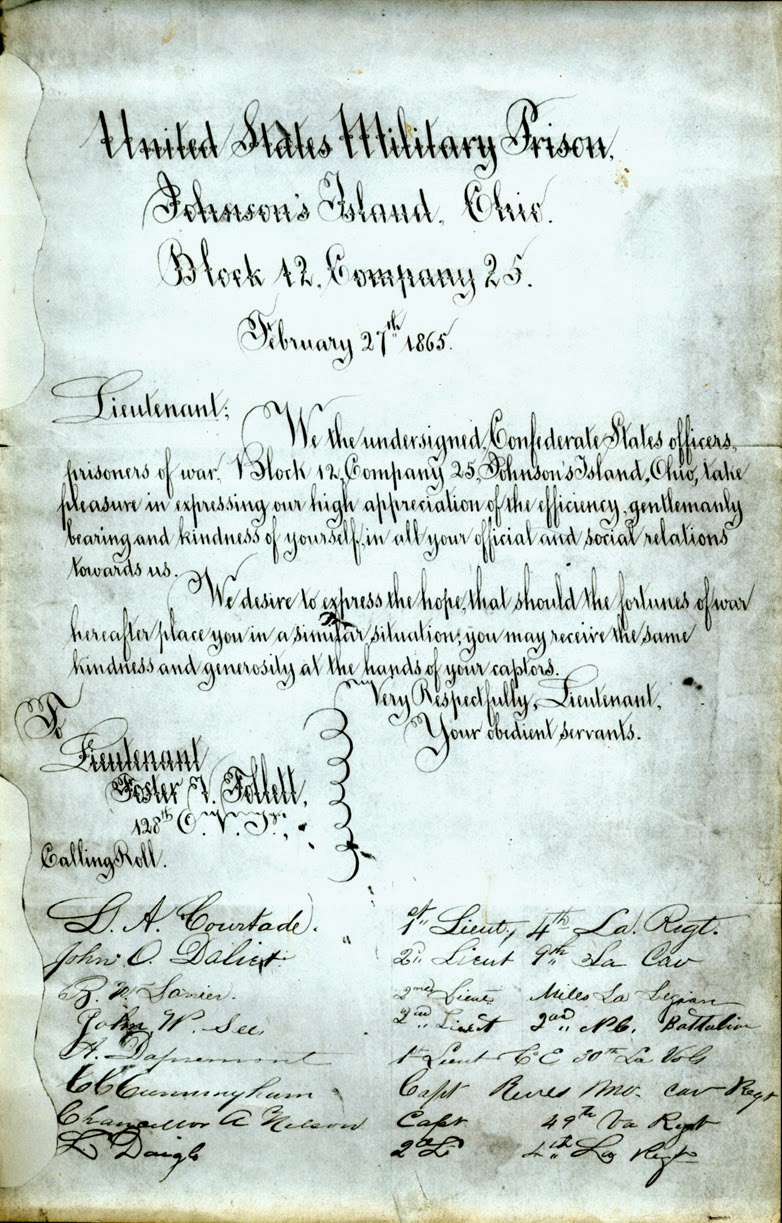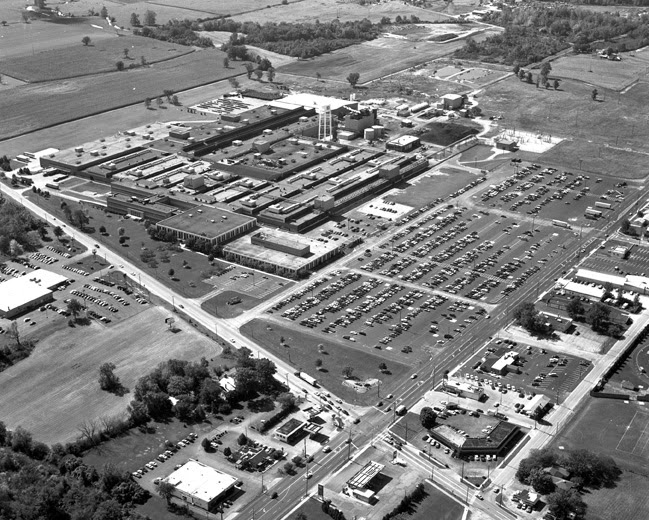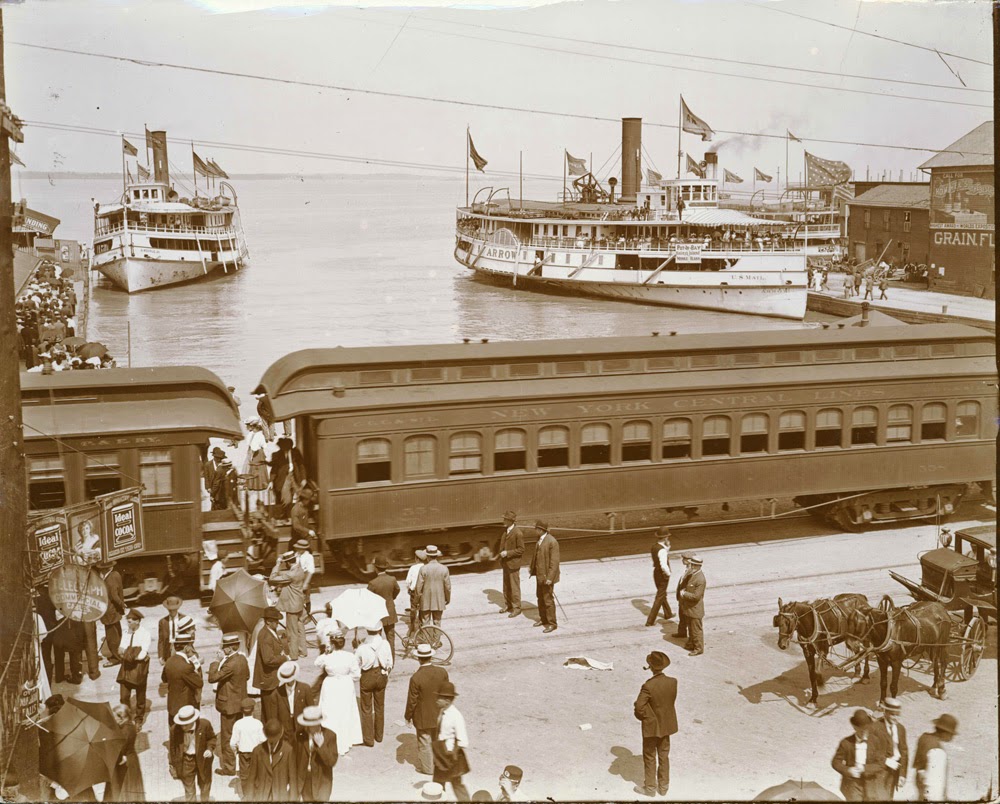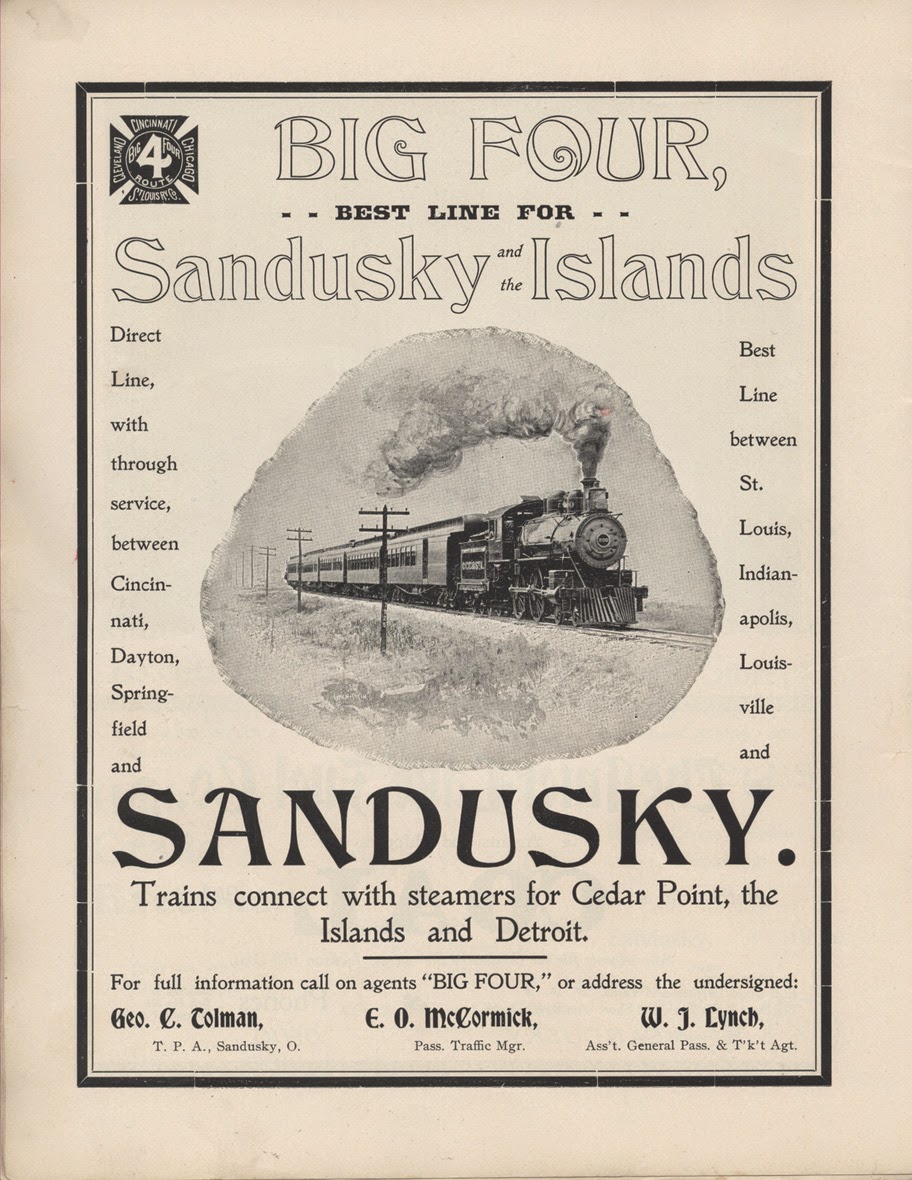On February 27, 1865, over one hundred Confederate States officers, who were being held as prisoners of war at the
Johnson’s Island military prison, signed this letter of appreciation to Lieutenant Foster V. Follett, who was serving in the 128
th Ohio Volunteer Infantry.
The letter read:
United States Military Prison
Johnson’s Island, Ohio
Block 12. Company 25.
February 27th, 1865
Lieutenant:
We the undersigned Confederate States officers,
prisoners of war, Block 12, Company 25, Johnson’s Island, Ohio, take
pleasure in expressing our high appreciation of the efficiency, gentlemanly
bearing and kindness of your self, in all your official and social relations
towards us.
We desire to express the hope that should the fortunes of war
place you in a similar situation you may receive the same
kindness and generosity at the hands of your captors.
The Confederate officers signed their name under the “Calling Roll.” Signing the first page of the letter of appreciation were:
L. A. Courtade, 1st Liet., 4th La. Regt.
John O, Daliet, 2nd Lieu., 9th La. Cav.
B. W. Lanier, Miles La. Legion
John W. See, 2nd N.C. Battalion
A. Dapremont, 1st Lieut., Co. E La. Vols.
C. C. Cunningham, Capt. ___ Mo. Cav. Regt.
Chancellor A. Nelson, Capt. 49thVa. Regt.
L. Daigle, 2nd L., 4th La. Regt.
On February 10, 1958, Lieut. Foster V. Follett’s granddaughter, Helen Follett Brooks,
sent a letter to "the Historical Society in Sandusky," accompanying a photocopy of the Confederate prisoners’ letter to her grandfather. (Copies of both letters are now housed in the ArchivesResearchCenterof the Sandusky Library.) She explained that someone in her family had told her that Lieutenant Follett was so distressed over the poor conditions affecting the Southern officers, that he would eat nothing that the prisoners did not have. He wrote to his wife and asked her to solicit food from friends and residents of Sanduskyto help relieve the poor conditions at the prison. The family has always maintained that Lieutenant Follett’s early death was due to illness suffered from his poor diet during his years in the Civil War. Foster V. Follett died on October 12, 1882, and he is buried in OaklandCemetery. Foster V. Follett’s acts of kindness during a time of war indicate his deeply rooted core values.
Foster V. Follett was the son of Foster M. Follett, who also had served in the Civil War. Foster M. Follett was known for his heroic efforts to aid the sick during the Cholera Epidemic of 1849. The son of Foster V. and Portia Follett, whose name also was
Foster Morse Follett, became a well known comic artist.



















































